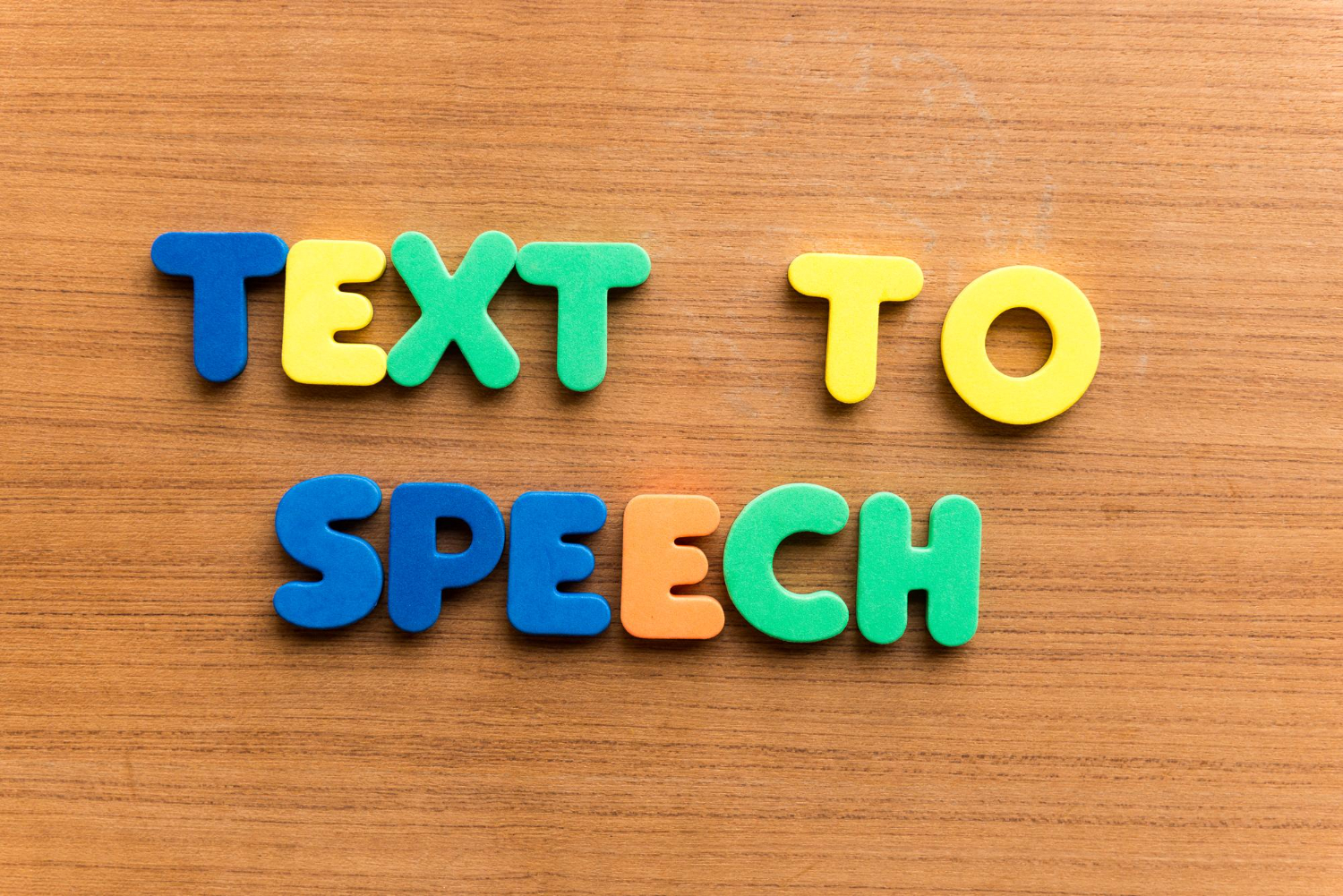Text to speech is a technology that has become increasingly popular in recent years. It converts written text into spoken words, allowing users to listen to information instead of reading it. This tool is useful for people who prefer auditory learning or have difficulties with traditional reading.
With advancements in AI, the quality of text to speech voices has improved significantly. Users can now choose from various languages and voice styles, making these tools versatile for many applications. Whether for accessibility, content creation, or personal use, text to speech continues to transform the way we consume written content.
Understanding Text to Speech Technology
Text to speech (TTS) technology allows computers and devices to read written text aloud. This assists those who have difficulty reading or prefer audio content. There are complex processes involved in TTS, which can provide different user experiences.
How Text to Speech Works
The process of TTS begins with text analysis. The system examines the written content, breaking down the text into smaller parts like words and sentences.
Next, the system converts these words into phonemes, which are the basic sounds of speech. This step is crucial for pronouncing each word correctly.
Finally, the TTS software uses a speech engine to generate sound from these phonemes. This engine can be powered by artificial intelligence, leading to more natural and human-like voice outputs. Overall, the goal is to create a smooth and accurate spoken version of the written text.
Types of Text to Speech Systems
There are a variety of TTS systems available, each with unique features.
- Standard TTS Systems: These use a set of pre-recorded voices and can read basic text. They might lack emotion and variation in tone.
- Advanced TTS Systems: These utilize AI and machine learning. They can mimic human emotions and intonations, providing a much more realistic speech experience.
- Custom TTS: Some systems allow users to create their own voice profiles, which can be very useful for personalized applications.
Each type serves different needs, from educational tools to assistive technologies.
Applications of Text to Speech
Text to speech (TTS) technology has many useful applications. It helps people by enhancing accessibility and providing educational tools. These applications improve communication and learning experiences for various users.
Accessibility and Inclusivity
TTS plays a vital role in making information accessible to everyone, especially for those with visual impairments or reading difficulties. By converting written text into spoken words, it provides a way for users to engage with content that they might not be able to read.
Some key features include:
- Screen Readers: Programs that read text aloud from computers and mobile devices help visually impaired users navigate the web.
- Assistive Devices: Many assistive technologies use TTS to convert text in books or documents into audio format, allowing individuals to enjoy literature and other written materials.
This technology promotes inclusivity by ensuring that everyone has equal access to information.
Educational Tools
In education, TTS serves as an effective tool that supports diverse learning styles. It helps students who struggle with reading comprehension or have learning disabilities. By providing an auditory version of text, I can improve understanding and retention.
Examples of educational applications include:
- E-Learning Platforms: Many online courses incorporate TTS to read material aloud, making it easier for learners to digest content.
- Language Learning: TTS can offer pronunciation guides and assist students in mastering new languages by providing clear and accurate audio examples.
Using TTS in educational settings fosters a supportive learning environment and helps students succeed.
Future Developments in Text to Speech
The future of text-to-speech (TTS) technology looks promising with exciting advancements on the horizon. These developments focus on enhancing the naturalness, efficiency, and application of TTS systems in various fields. I will explore important trends in artificial intelligence and machine learning, as well as potential innovations that may reshape how we interact with TTS technology.
Advancements in AI and Machine Learning
I see major improvements in artificial intelligence and machine learning driving TTS technology forward. These advancements are making voices more realistic and expressive. For instance, deep learning models are now being used to analyze large amounts of human speech data, resulting in voices that sound increasingly like real people.
These models can adapt to different accents, tones, and speaking styles. This means that TTS systems can now create varied outputs that cater to diverse user needs. According to recent trends, the focus is also on improving pronunciation and intonation. This ensures that TTS voices can convey emotions and nuances effectively, contributing to a better user experience.
Potential Innovations
I believe the future will introduce innovations that further enhance TTS applications. For example, I may see improvements in voice cloning technology. This can allow users to create customized voices that mimic their own or those of public figures.
Additionally, integration with virtual and augmented reality is likely. This will provide immersive experiences where TTS can enhance narratives in educational tools or gaming. Next, the use of real-time translation will emerge. This could enable TTS systems to convert text into speech in multiple languages instantly, facilitating global communication.
In the near future, I anticipate that TTS will expand its reach and become a vital tool across various sectors, from education to entertainment.



